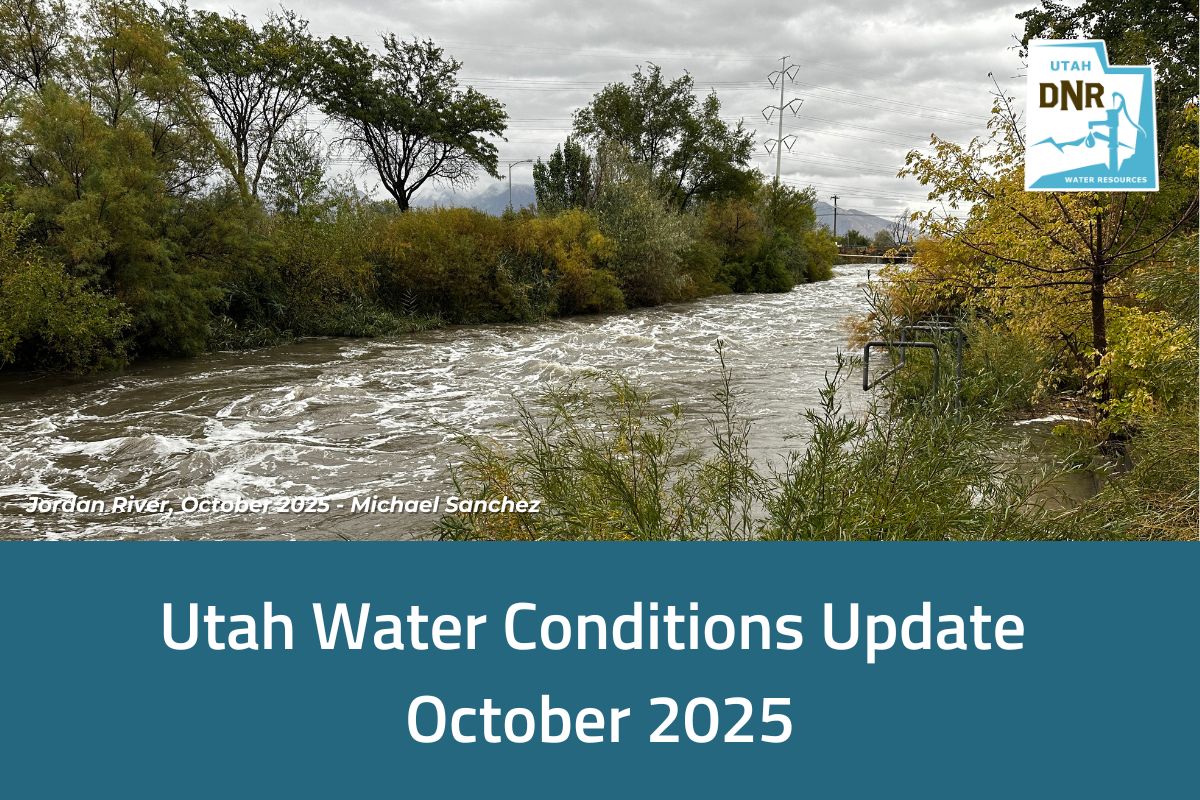Healthy, functional lawn areas (sometimes referred to as turfgrass) perform a vital role in the urban landscape. Though grass doesn’t belong everywhere — and folks can get cash for tearing it out and replacing it with drought-tolerant landscaping in places where it’s not being used — lawns provide durable areas for outside play, as well as ecosystem services and benefits. That’s why we’ve teamed up with turfgrass science experts at USU Extension to put together these tips that’ll help you prep your grass for wintertime and increase its drought tolerance.
Fall fertilization
During autumn, cool-season turfgrasses have a resurgence of growth in response to cooler temperatures. These grasses begin to recover from the typical stresses of summer heat, but also begin to receive more traffic as temperatures become more favorable for outdoor activities. The application of fertilizers in the late fall can improve the vigor and recovery of grasses and may prolong green color into the early winter months. Most importantly, fall fertilizing improves your lawn’s drought tolerance the following spring!
Late-fall fertilization also improves early-spring color and may allow early-spring fertilization to be skipped altogether, though a mid- to late-spring fertilization may be needed to maintain vigor into the early summer months.
Late-fall fertilization benefits turfgrass by increasing the plant’s carbohydrate reserves in the stems and rhizomes. Carbohydrates help the turfgrass resist winter injury and aid in stress resistance the following spring and summer. In addition, late-fall fertilization doesn’t force as much leaf growth in the spring as an equivalent amount of spring fertilizer would, so carbohydrate reserves are not exhausted as quickly.
Some studies have shown that late-fall fertilization allows more rooting than early spring applications — another potential benefit!
When and what
Late-fall fertilizer should be applied after leaf growth has stopped or slowed to the point that your lawn no longer requires mowing. The grass should still be green and the soil should not be frozen. In northern Utah, this typically occurs sometime in November. In southern Utah, this may occur in late November or even early December.
We recommend a fertilization rate of 1–1.5 pounds of mostly soluble nitrogen per 1,000 sq. ft. to avoid nitrogen leaching or runoff as well as excessive growth in the spring. Consider slow-release fertilizers on sandy soils to reduce the potential for leaching, and avoid applying fertilizers to frozen soils because of the potential for run off. Also, consider a potassium application in the late fall should soil test results indicate it’s needed since potassium may enhance cold-hardiness, disease-resistance and wear tolerance of turfgrasses.
As we work hard to build a more resilient and sustainable water future in Utah, we thank you for your commitment to thoughtful water use around your homes, farms and businesses! Visit the Utah State University Extension website for more information on how to keep your Utah lawn thriving.




